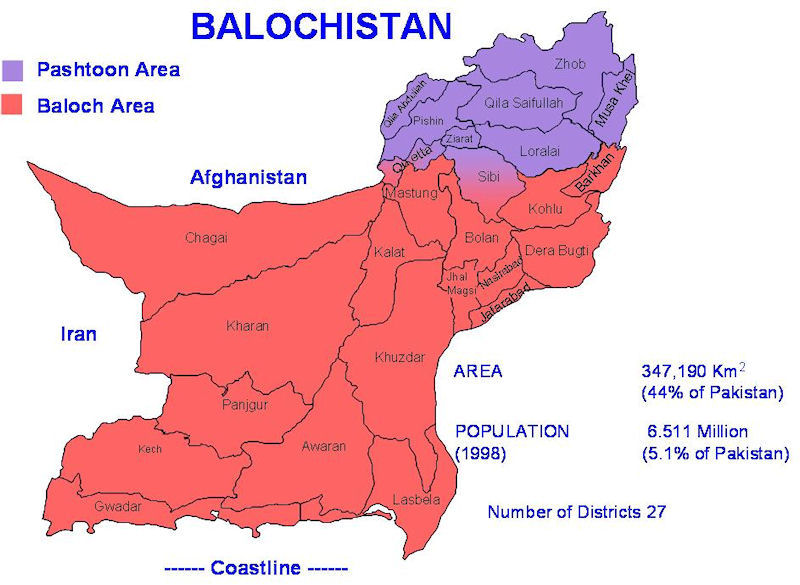Some very good advice here:
Politics vs floods: The tide must turn - Blogs - DAWN.COM
Politics vs floods: The tide must turn
By
Sarmad Palijo
So far the floods in Kashmir and Punjab have claimed more than 200 lives, displacing tens of thousands of people. Six hundred villages in the Gujranwala and Sialkot regions were hit on Sunday, which is a loss greater than what’s caused by most calamities that shock the world today.
In 2010, I was in Thatta when almost a million displaced people moved up to the historic Makli Hills. I will never forget the look on the blank faces of the women and children living among Makli’s historic graves.
I shudder to think of our people in Kashmir and Punjab; how they must be lying awake at night, while a colossal body of water rages through their homes, shattering sturdy walls as much as fragile hopes and dreams.
In 2010, the country stood united and acted as one along with our army, navy and air force. Millions were moved out of harm’s way in a matter of days, while millions other stood like an impenetrable wall to shelter and support total strangers in need.
Today, however, I fear that even though the floods may be (and hopefully) smaller than 2010, we might be standing further away from each other.
Each one of us is holding a different flag.
As I write these lines, watching our people wading through waist-deep water full of debris, dead animals and diseases is heartbreaking. I cannot begin to imagine how it must feel to leave your lives behind in a moment’s notice.
If there is a power outage even for a day, we feel the hands of discomfort caressing our very soul. Yet for our flood affected brothers and sister, misery must be their only companion – a lifestyle.
There is much to be done to help, we have done it before and our muscle memory will help us do it again.
But first, we must unite.
We must set aside all the anger we have against the ‘other’ camp and come together. It is surely easier said than done in this day of deep partisanship, but there is no other way.
Pakistan, in recent days, has been battered by constant bad news. The Taliban; the economy; the political crisis and now super floods. Still, let’s not forget it is also the land of Malala’s determination, young Aitzaz Hasan’s sacrifice and Abdul Sattar Edhi’s long and unending struggle.
Today, when even our IDPs – who have sacrificed the most for our well being – are ignored, we must not forget our duty to our people across the nation.
Let’s forget for a moment our provincial, political and ethnic differences. You can feel the pain of Kashmir as far away as Sindh. You can be a Punjabi and imagine what a Pashtun IDP is going through.
We’re all humans, and we suffer the same way. Let’s do what the human nature does best:
Empathize.
After the danger of the flood is over and our people have been saved, we can continue with our principled political disagreements; but let’s remind ourselves that we only disagree, in the first place, to help improve human conditions across Pakistan in the best way we can.
Sarmad Palijo is a Fellow at Edward S. Mason Program in Public Policy and Management at Harvard Kennedy School and a senior media executive based in Karachi.
He tweets @spalijo
The views expressed by this blogger and in the following reader comments do not necessarily reflect the views and policies of the Dawn Media Group.















